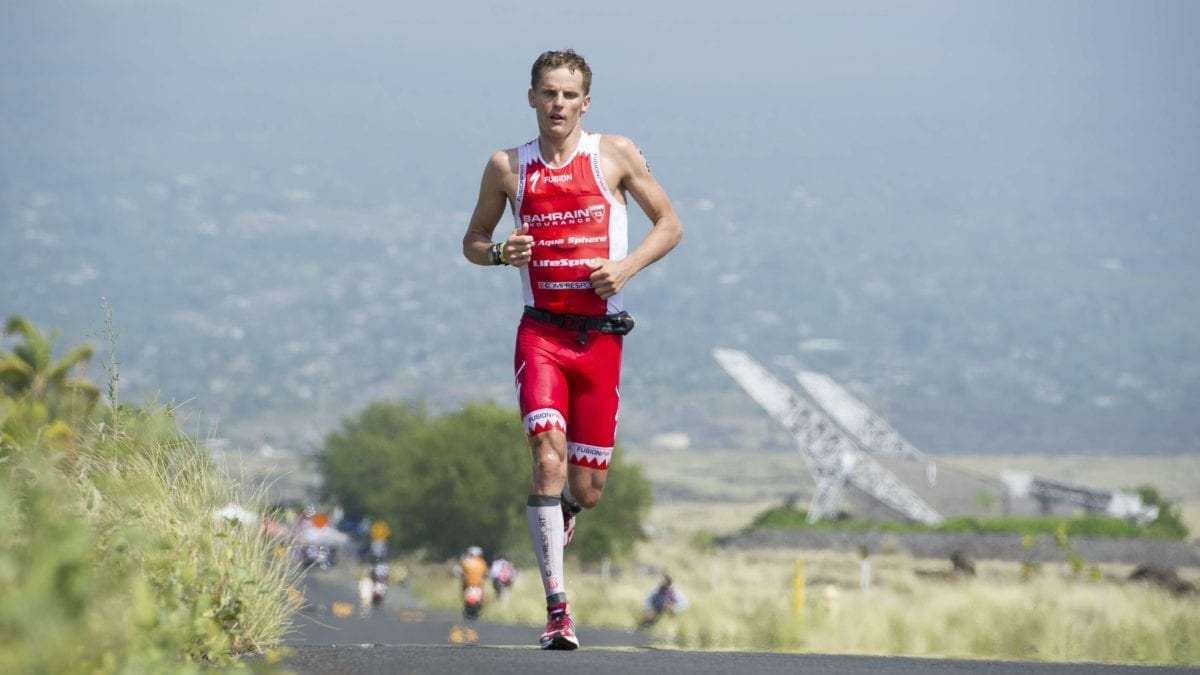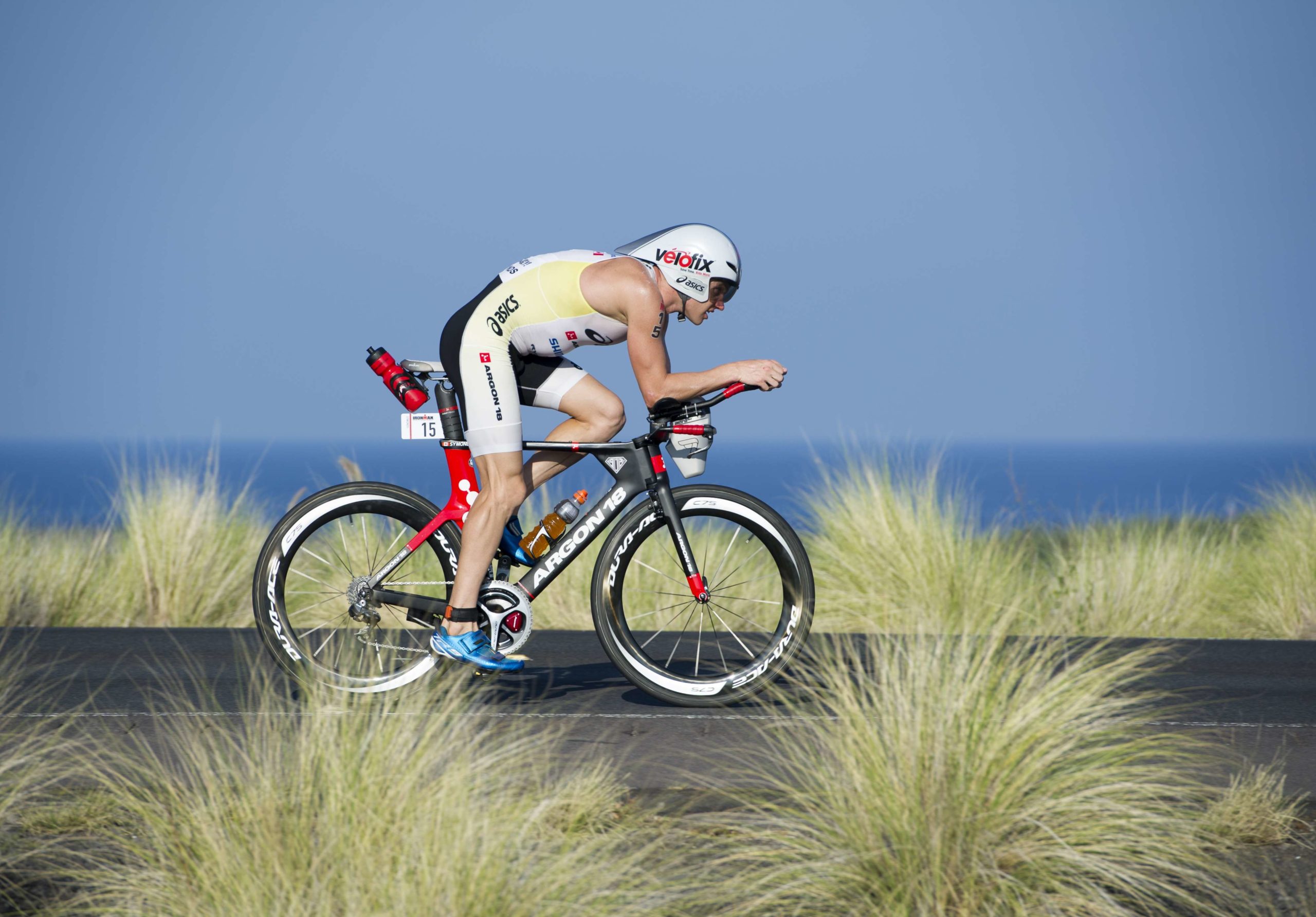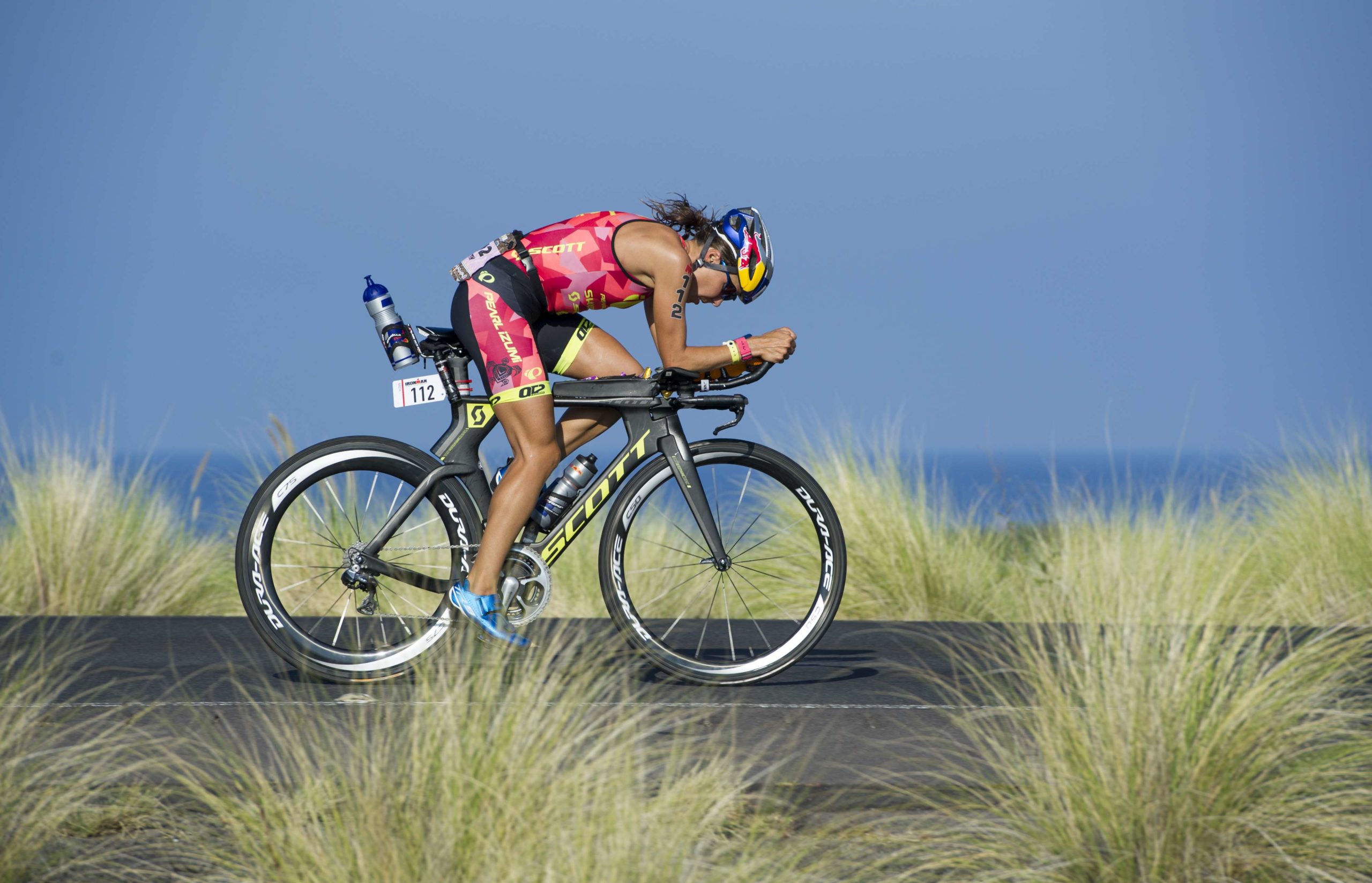Counting back to Kona: 2015 – power and capriciousness on the Big Island
One of the greatest examples of the unpredictability of racing on the Big Island of Hawaii

The “power and capriciousness” of the Hawaiian god Pele seemed to be in full force at the 2015 Ironman World Championship. Sickness, stars getting hit on their bikes, crashes and mechanical issues were as much a part of the story as the racing. In the end the two race favourites ended up taking the titles, so Madame Pele, renowned as the goddess of fire, seemed more than happy to allow fate to play its course, but did step in with some epic hot weather, rain and wind, not to mention lots of strange accidents that wreaked havoc on the fortunes of some of the world’s premier long distance athletes.
A new era
For years we’ve been talking about how much ITU athletes moving up to longer distances are going to change the dynamics of Ironman racing, but it’s really been the arrival of Jan Frodeno and Daniela Ryf over the last couple of years before we’ve truly seen the changes. There’s a reason we profiled both champions in our magazine earlier this year – they are the new face of Ironman racing. Defending champion Sebastian Kienle had the best swim of his Ironman career in Kona, coming out of the water 2:30 down, which allowed him to be in the lead by the 50 km point of the ride, but the extra effort he expended to get himself to that position eventually cost him the race – he faded during the latter half of the bike and during the marathon eventually finishing eighth.
While Jodie Swallow enjoyed a lead of about a minute after the swim, it didn’t take long for Ryf to catch up and force the pace on the bike. Heading into the turnaround in Hawi, Ryf simply pulled away from everyone in the field and came off the bike seven minutes ahead of Swallow and never looked back. Ryf had the eighth fastest swim, fastest bike and third fastest run on the day. Frodeno had the second fastest swim, seventh fastest ride and fifth fastest run.
There’s a reason Kienle is working so hard on his swim and run abilities, and why Mirinda Carfrae was coming in to the race in the best swim and bike form of her career (she was unable to show that fitness). Unless you are extremely good in all three disciplines you are not going to win this championship anymore.
Top 5 men
- Jan Frodeno 00:50:50/04:27:27/02:52:21 08:14:40
- Andreas Raelert 00:52:24/04:30:52/02:50:02 08:17:43
- Timothy O’Donnell 00:52:24/04:26:13/02:55:46 08:18:50
- Andy Potts 00:50:56/04:32:41/02:53:45 08:21:25
- Tyler Butterfield 00:52:33/04:29:35/02:56:19 08:23:09
Top 5 women
- Daniela Ryf 00:56:14/04:50:46/03:06:37 08:57:57
- Rachel Joyce 00:56:11/05:01:29/03:08:42 09:10:59
- Liz Blatchford 00:56:13/05:07:25/03:06:25 09:14:52
- Michelle Vesterby 00:56:11/05:00:41/03:17:14 09:18:50
- Heather Jackson 01:04:36/05:04:43/03:07:53 09:21:45
McMahon’s great day
Brent McMahon had come into this race with a top-10 performance set as his “minimum” standard. He got that, but showed along the way that he has exactly what it takes to contend here in Kona. Amongst the leaders in the swim, he rode near the front throughout the ride and came off the bike sixth, just two minutes behind Frodeno. At that point the nine days of training he lost to a high fever just weeks before the big day caught up with the Victoria native.
“It was pretty ugly out there,” he said after the race. “I really struggled the first half of the run. I hung tough and the second half of the run came around. I went to a dark place coming out of the lab and just got to the finish and kept the legs turning over.”
McMahon would end up as the top Canadian in the race and earned some well-deserved prize money, which bodes well for his future appearances on the Big Island.

Jeff Symonds’ one-legged drills
After a fantastic swim and a great initial bike ride, Jeff Symonds started to feel something strange about his left crank as he rode up to the turnaround in Hawi. Things gradually got worse, though, and as he made the tricky descent in the rain he felt things get looser and looser, until the crank finally came right off with 30 km to go.
Symonds, who won the Ironman Asia-Pacific title in Melbourne earlier this year, revelled in his first Kona experience all week and was determined that he was going to get to the finish line. So, rather than call it a day, he pedalled with one leg back to T2, then ran the third fastest marathon of the day (2:50:15) to move himself up to 23rd overall.
“This is what the sport is all about,” Symonds said after the race. “Dealing with all the ups and downs. I was really questioning out on the run whether I wanted to do this. Once I got out there I stuck it out. When I was doing the ‘single leg drills’ I kept thinking there are people doing the race with just one leg. I can’t complain if I have to pedal with one leg for the last 18 miles.”
A tough day for Wurtele and Naeth
Heather Wurtele started her day with a solid swim, trailing Swallow by just under five minutes, and appeared ready to work her way to the front of the race on the bike. Then disaster struck as something happened to her rear derailleur and she suddenly found herself stuck in her hardest gear. Attempts to fix her bike failed and she was forced out of the race.
You could tell something was wrong with Angela Naeth as she ran to her bike in T1 – she had a noticeable limp. Naeth was the second fastest woman on the day on the bike, but was unable to start the run due to a foot injury.

Carfrae’s car issues
Hands down the biggest story of the week, when it comes to bizarre race issues, was the car accident that eventually took Mirinda Carfrae out of the race. The three-time champ was hit during a training ride three days before the event. She bounced back up from the ground, checked her bike, and finished the ride, but it wasn’t until race day that she really understood the extent of her injuries.
“I just couldn’t generate any power on the bike,” she said of the back and shoulder issues she sustained, which was immediately evident as she was almost 14 minutes behind within the first 40 miles. Ever the classy athlete, though, Carfrae took the opportunity to cheer for husband Tim O’Donnell, who at one point surged away from Jan Frodeno and Sebastian Kienle on the bike and would be in the mix for much of the marathon. He eventually finished third.
Crashes, crashes and more crashes
The list of crashes on race day was extensive. 2012 champ Leanda Cave went down on the bike and would eventually have to pull out. Matt Hanson went through the hot corner a bit “hot” and took out a police officer. (Luckily enough both were OK.)
Andreas Raelert got a flat on the high-speed descent down from Hawi and went down hard, according to one of the race spotters who watched the incident. He was able to change the tire within about three minutes and got to within a minute of the main chase pack by the end of the ride, then ran his way to his third runner-up finish.
Tim O’Donnell was so worried about a technical issue that he ended up having a conversation (we’ll use that word rather than argument) with race officials when he broke away on the bike and tech support didn’t follow him – they were back helping Raelert.
Age group excellence
American Ellen Hart won her fourth world championship in the last few months. The 57-year-old took the title in Zell am See, won both the sprint and standard distance world titles in Chicago, then defended her title in Kona. Racing in her last full-distance race, American Cherie Gruenfeld successfully defended her world title, taking the lead with a mile to go.
Canadians dominated the women’s 65 to 69 age group, with Cullen Goodyear taking first, Valerie Anne Gonzales following in second and Catherine Daley finishing fourth. Dianne Woodward was second in the women’s 60 to 64 category.
This story originally appeared in the November/December 2016 issue of Triathlon Magazine
